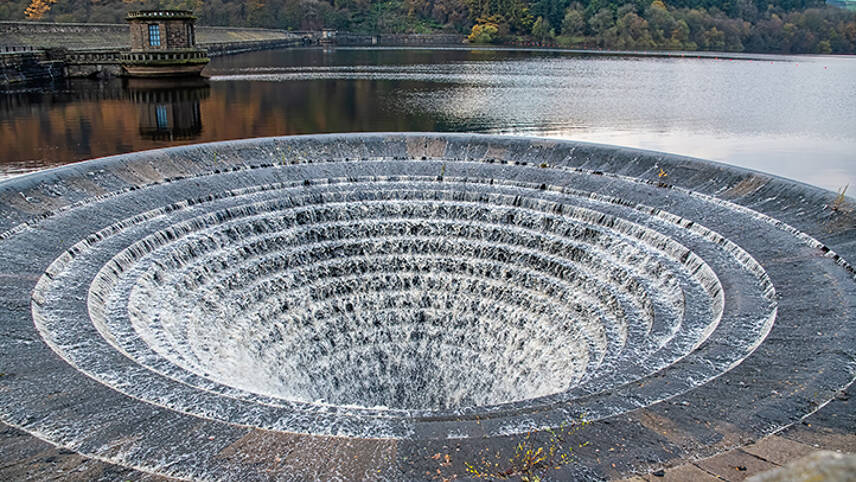Register for free and continue reading
Join our growing army of changemakers and get unlimited access to our premium content

The new projects could supply water for at least 750,000 homes
After drought alerts were issued across parts of the UK last week, Anglian Water has announced plans to develop new reservoirs. One is set to be in the Fens and will see Anglian joining forces with Cambridge Water, the other will be located in Lincolnshire.
According to the firm, the new projects could supply water for at least 750,000 homes and will improve environmental stewardship by limiting the amount of water that Anglian would take from rivers and underground aquifers.
The water company claims the plans have been in development for 10 years and a site selection study will be published in the autumn. Anglian claims this will be the first of a multi-phase consultation on the proposals.
It builds on Anglian’s Water Resources Management Plans and regional plans spearheaded by Water Resources East. These plans account for the next 25 years and explore how the region can become more resilient to drought.
Anglian Water’s head of future resources strategy Hannah Stanley-Jones said: “These new reservoirs will supply drinking water, but they bring much wider opportunities. We plan to provide new places for people to visit and enjoy, economic investment for communities, and homes for wildlife. We have seen what a positive contribution our existing water parks can bring for the people living and working near them. We want to create the same with these new reservoirs.
“We’re at a very early stage in the planning process and have been carrying out detailed technical work to help identify the best locations for the proposed reservoirs. Although we’ve recognised the need for and have already been planning these projects for a number of years, they are still at an early stage, as it’s a long and detailed planning process. The designs will be developed over a number of years with opportunities for communities to have their say and shape how the reservoirs are designed. Construction of the new reservoirs could begin by 2030 with the hope that they would start supplying water to customer taps by the mid to late 2030s.”
Anglian Water will soon be contacting all landowners and residents who may be impacted by these proposals. A ten-week public consultation will follow.
The timing of the announcement comes as calls mount for water companies to address chronic levels of underinvestment in the UK’s water infrastructure.
With many homes having run out of water, farmers facing crop failures and rivers and reservoirs drying up, many groups have expressed anger that water companies have focused on shareholder payouts over improving the nation’s approach to water management.
As reported by the Guardian, the bosses of England’s water companies have been criticised for “banking £58m in pay and benefits over the last five years”.
Since privatisation, no new reservoirs have been built in England and water companies now leak around a quarter of their water supply through old and outdated piping systems. In the same time period, shareholders have been paid £72bn in dividends.
Drought response
The UK is currently experiencing its driest eight-month period since 1976, with parts of England only seeing a fifth of its average rainfall in July.
We can expect warmer, drier summers and warmer, wetter winters in the UK going forward, climate scientists are predicting.
The Environment Agency moved in July to convene its National Drought Group, stating that, while no location in England is currently considered to be in drought, most of the nation is now classed in “prolonged dry status”. Drought warning have since been cast across parts of the UK.
The National Drought Group comprises the Environment Agency, Ofwat, UK and Welsh government, water companies, Water UK, Waterwise, the Market Operator of England’s non-household water use (MOSL), The Consumer Council for Water, the Drinking Water Inspectorate, the National Farmers Union and environmental protection groups including the Angling Trust and Rivers Trust.
All parties were in agreement that “abnormally high temperatures” this season and low rainfall this year have combined to create water security issues. Rainfall in March, April and May only totalled 60% of the long-term average. Rainfall in July was only 24% of the expected level, with the Met Office calling it the driest July in England since 1911.


I recall 1976 very well (I am quite antique, 90), and the whole country scene was of a brown Parched land.
I thought that we had lost large areas of grassland.
But September came, and the rain. Within a few weeks the land was green.
A lot of plant life is very good at sulking in order to overcome current problems.
I look forward to a repeat blossoming.
Richard Phillips